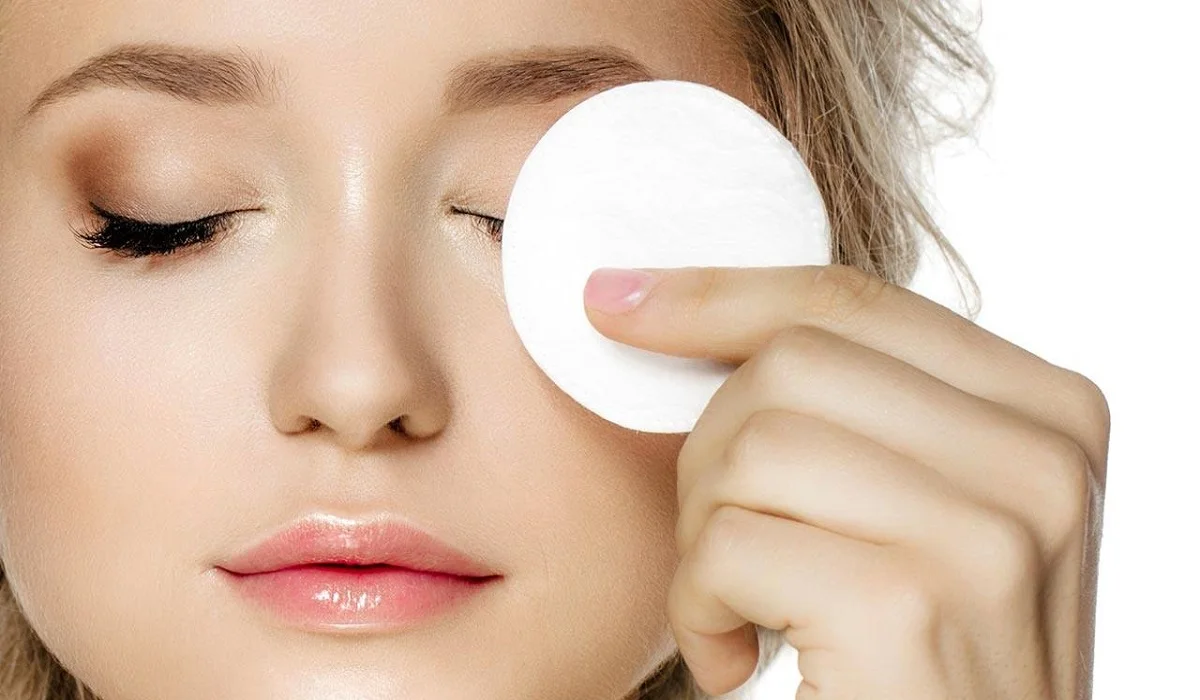Whether for a job interview, special event, or personal reasons, there are times when you might wish to conceal a tattoo temporarily. With the right makeup and technique, covering up tattoos is entirely possible, allowing for flexibility in how and when your tattoos are visible. This comprehensive guide provides everything you need to know about hiding tattoos with makeup, ensuring a flawless finish. Covering up a tattoo with makeup is a practical solution for temporarily concealing ink without the commitment of permanent removal. The key is understanding which products to use and how to apply them for a cover-up that looks natural and stays put.

Understanding Tattoo Coverage Makeup
Types of Makeup for Tattoo Coverage
Heavy-duty concealers and color correctors are essential for tattoo coverage. Look for products specifically designed for covering tattoos or those used for stage makeup, as they offer the high pigmentation and coverage needed.
Selecting the Right Shade and Formula
Choose a concealer that matches your skin tone closely. If your tattoo contains vivid colors, you may need a palette of color correctors to neutralize these hues before applying concealer.
Preparing Your Skin for Makeup Application
Cleansing and Priming
Start with clean, dry skin. Use a primer to create a smooth canvas, which helps the makeup adhere better and last longer.
Importance of Hydration
Moisturize the area around the tattoo, but wait until the moisturizer is fully absorbed before applying makeup. Hydrated skin ensures an even application.

Step-by-Step Guide to Covering a Tattoo With Makeup
- Color Correcting Techniques
- Use color correctors to neutralize the tattoo’s colors. Green neutralizes red, orange or salmon for blue and black shades, and yellow for purple.
- Application of Concealer and Foundation
- Apply a high-coverage concealer over the color-corrected tattoo, patting it gently to blend. Follow with a layer of foundation that matches your skin tone.
- Setting the Makeup for Longevity
- Use a translucent setting powder to lock the makeup in place. Apply a generous amount, let it sit for a few minutes, then gently brush off the excess.
Tips for a Natural and Long-Lasting Finish
- Blending Edges
- Blend the edges of the makeup into surrounding skin to avoid noticeable lines.
- Choosing Waterproof Products
- Opt for waterproof makeup to prevent smudging or fading throughout the day.
- Touch-up Tips
- Carry a small makeup kit for touch-ups, especially if you’ll be out for an extended period.
Removing Makeup and Caring for Your Skin
Gentle Removal Techniques
Use a gentle makeup remover or micellar water to avoid scrubbing, which can irritate the skin.
Post-removal Skin Care
After removing the makeup, cleanse the skin thoroughly and apply a nourishing moisturizer to keep the skin healthy.
How to Cover up Tattoos With Makeup
Recap of Key Points: Concealing tattoos with makeup is a viable option for those seeking temporary coverage. By selecting the right products and following proper application techniques, you can achieve a cover-up that looks natural and withstands the rigors of your day.
Covering tattoos with makeup is an art that combines the right products with skillful application to achieve a natural-looking concealment. Whether for a special occasion or everyday need, the ability to temporarily hide your tattoos gives you control over your appearance. With practice and patience, anyone can master this technique, embracing the flexibility and confidence that comes with flawless tattoo coverage.
- Can I cover a new tattoo with makeup?
- How long does tattoo makeup cover last?
- Can covering a tattoo with makeup cause damage to the tattoo?
- Is it safe to use regular foundation to cover tattoos?
- How can I ensure the makeup doesn’t transfer to my clothes?








